Wheat bran is a byproduct from the milling of wheat. It's usually used as a food for livestock but in recent years it has gained exceptional popularity for the numerous health benefits it possesses.
The fact that it's a byproduct does not at all mean that it has no beneficial vitamins and minerals - in fact they are concentrated in the greatest quantities. One of the most valuable properties of wheat bran is that it increases its volume and once it reaches the digestive tract, clears it of harmful toxins.
Composition of Wheat Bran
Wheat bran is a real source of healthy substances and vitamins. The reason is that the greater majority of wheat bran's healthy substances are indeed found in these.
2/5 cup (100 g) of wheat bran have a concentration of all sorts of vitamins - all group B vitamins, vitamins C, D, Е, А and К. Out of the minerals, zinc, phosphorous, manganese, copper, selenium, sodium, magnesium, calcium, iron and potassium are very well represented. Wheat bran also contains high quantities of amino acids.
Choosing and Storing Wheat Bran
Wheat bran is currently an incredibly popular product and can be found in supermarkets and health food stores. Store wheat bran in a dry and ventilated area, away from direct sunlight.
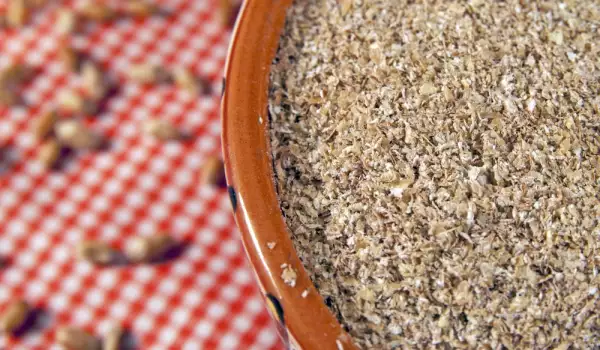
Benefits of Wheat Bran
The popularity of wheat bran is no accident. As mentioned, it is exceptionally rich in precious vitamins and minerals.
It has the ability to expel excess water from the body, stimulate digestive processes, cleanse the blood of bad cholesterol, prevent constipation. One of the best properties ascribed to wheat bran is its ability to hinder the formation of cancer cells in the body.
Another highly valued property of wheat bran is their removal of heavy metal compounds such as mercury and lead from the body. Regular consumption of wheat bran improves digestive system functions, stabilizes the body's overall condition and boosts the immune system.
Last but not least, wheat bran is an excellent way to lose weight. This is due to the fact that wheat bran can lower the energy value of food we've eaten and decrease feelings of hunger.
Wheat bran is perfect for normalizing a disrupted digestive system, especially for dyskinesia, constipation and cholestasis. Thanks to the high amounts of minerals in wheat bran, consuming them helps regulate blood sugar levels in diabetics, as well as lower blood pressure.
An interesting fact is that wheat bran is not water soluble, which basically means that it goes through the digestive tract unchanged. It improves intestinal patency but is capable of irritating more sensitive intestines.
Consumption of Wheat Bran
Wheat bran is extremely healthy but like with anything else, it shouldn't be overconsumed. It's recommended eating 1 tbsp per day to start off, after which the dose can gradually be increased but it is not advised consuming more than 4 tbsp of it daily.
Wheat bran can be eaten in all sorts of ways, the simplest of these being with milk or yoghurt for a healthy morning breakfast.
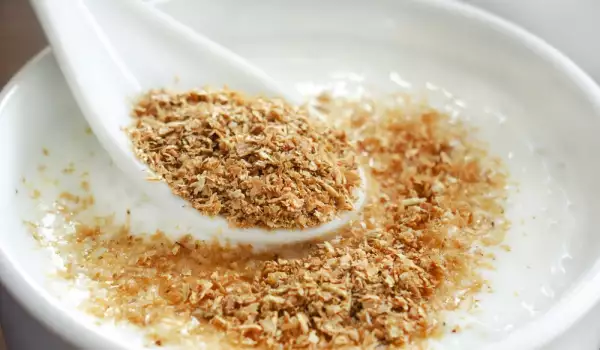
When ground to a fine powder, it can be used as an excellent thickener for healthy shakes. Wheat bran can be added to muesli, pancakes or breads. You can even pour some hot water over it and have it for breakfast with honey or feta cheese.
Beauty Treatments with Wheat Bran
Besides being very healthy, it turns out that wheat bran is a prized product for skin beauty treatments. It's best to make a mask after the face is washed and cleaned well because this way it will be most effective.
The 1st mask is for tightening the skin. Mix 1 tbsp wheat bran with flour and water, apply it and leave for about 10 min. for the mask to take effect, then wash it away.
The next mask is for a chemical peeling effect. Mix 1 tbsp wheat bran with water and rub thoroughly on the face. Rinse with cold water and apply a cream. Both masks are very easy and at the same time rejuvenate and cleanse the skin.
Dangers of Wheat Bran
Even though extraordinarily healthy, wheat bran can have negative effects in some cases. The 1st negative effect may result if consuming excessively high quantities of it when you begin eating it for the 1st time. This will bring high amounts of cellulose into the body very quickly, causing irritable bowels, bloated stomach and gasses.
Consumption of wheat bran must be avoided if you have enteritis, peptic ulcers, colitis or are experiencing a worsening period of gastritis. Once the inflammatory process passes, you can consume wheat bran once again, even though it's wise to begin with small servings.
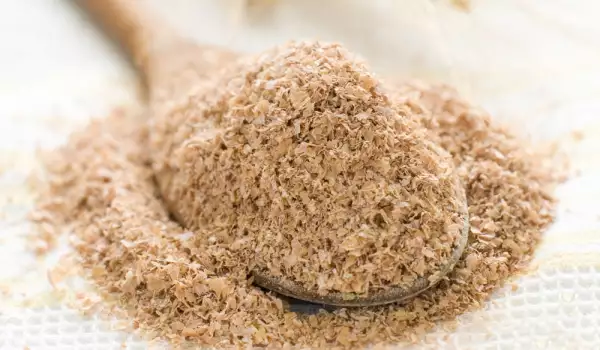
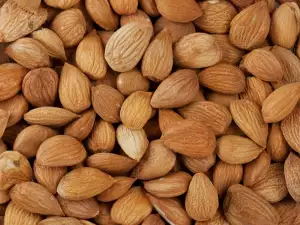


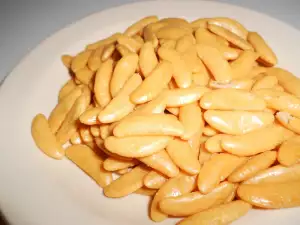



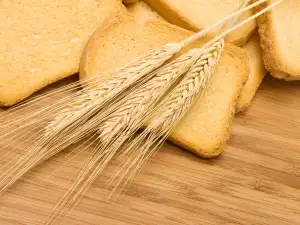



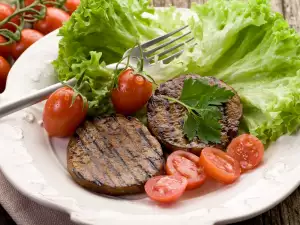

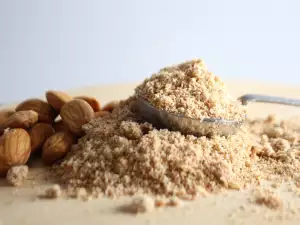
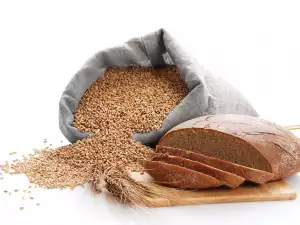




Comments